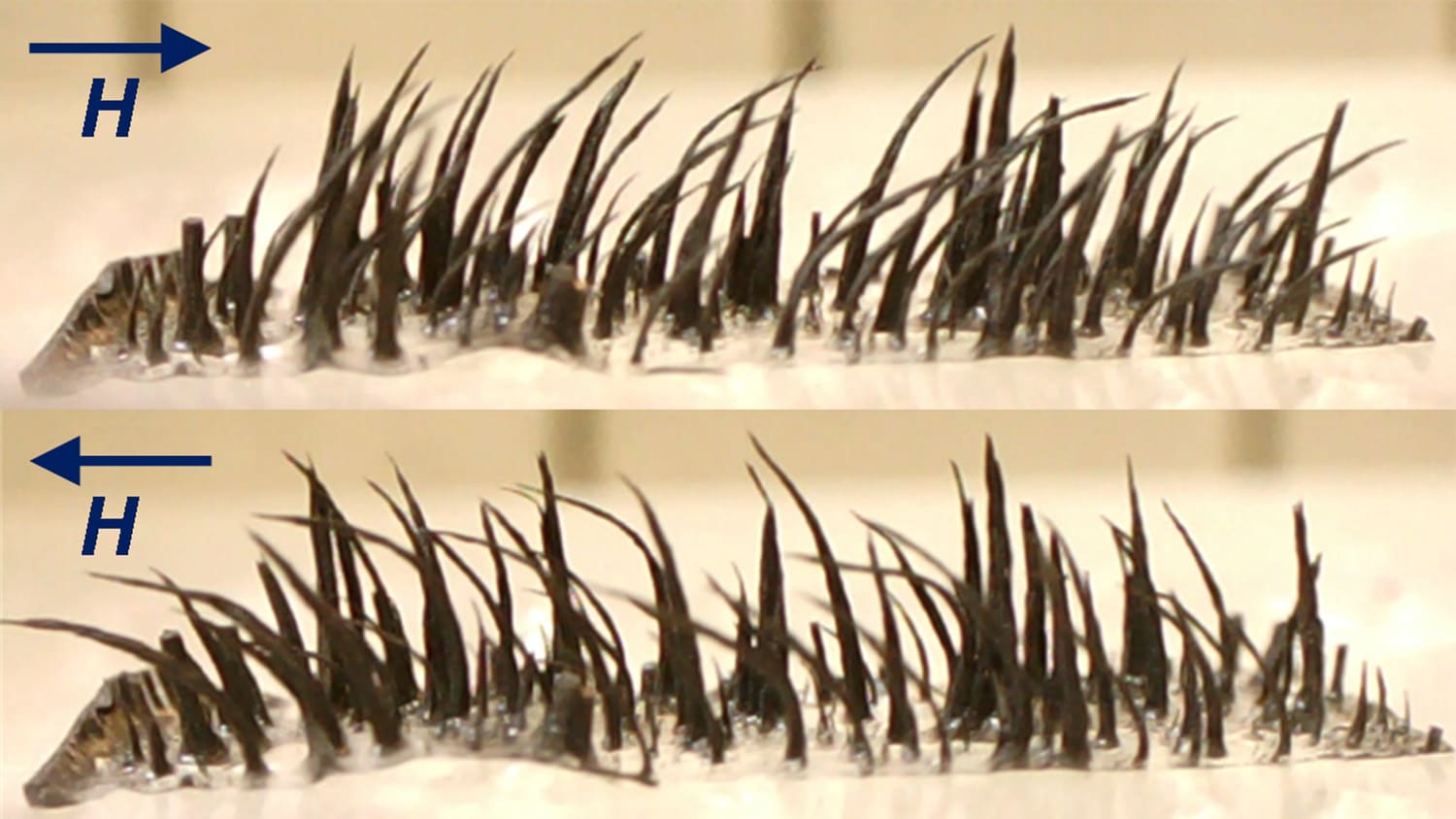Opening Markets: Initial Data Collection Docs

Editor’s Note: This post is the second in a series authored by Dr. Ben Chapman, an assistant professor and food safety researcher at NC State. The series is part of his research team’s efforts to run a fully open-source research project. You can track relevant posts by clicking on the “Open Source Research” tag.
Growing season is in full force in North Carolina, and in the next week the Opening Markets project team will begin on-site visits with our small farmers. Through this project, post-doc extraordinaire Audrey Kreske will be working alongside small North Carolinian farmers (<20 acres) to collect data on economic, process and infrastructure barriers to achieving USDA GAP certification. Many of our participating producers have already put a certification date on their calendars and are starting to work towards that goal.
Below are the initial data collection tools that we’ll be using. These are currently in draft form. Please send any comments to Dr. Audrey Kreske (ackreske@ncsu.edu) or me (benjamin_chapman@ncsu.edu) and we’ll adjust and incorporate into our methods. The documents are available as pdfs and can be annotated.
We’ll be using an evaluation tool to determine a Good Agricultural Practices baseline score for each small farm. The tool will be a modified version of the USDA Good Agricultural Practices & Good Handling Practices Audit Verification Checklist. This checklist is intended to assess the participant’s ability to attain USDA GAPs certification (which is based on the U.S. Food and Drug Administration’s “Guide to Minimize Microbial Food Safety Hazards for Fresh Fruits and Vegetables”). Our initial draft instrument can be found here. These will be discussed with the participants in a face-to-face in-depth discussion format and self-reported current practices and strategies will be recorded. Feel free to pick the instrument apart and send us comments.
A portion of this modified document will address the real economic affects of transitioning a farm for GAP certification. For the economic portion, we will separate the GAP requirements into categories (such as making policy/documentation, changing process, amount of time, changes in infrastructure (small/large), material cost, labor cost in time) and identify specific tasks that will need to be completed. Growers will be asked to report what they think each requirement will cost to be implemented (in time (hrs) and money (dollars)) and the degree of difficulty associated with completing each task. This will be initially recorded in the activity tracker, which we will be providing to participants in electronic and hard copy formats.
Throughout the summer we will be working with growers to overcome the real barriers through the use of currently available resources and blogging about the process so that other growers are able to benefit from this information immediately. Future posts will be supplemented with self diaries explaining their issues on a daily basis as needed.
All through the process we’ll be posting documents, data, and anecdotes to relay the information that we identify. Since we will be working with small farms, our blog entries will also include tips and tricks that our participating farms are using to produce food that is as safe as possible. All project posts are archived here.
This project is conducted in partnership with the Carolina Farm Stewardship Association as part of a North Carolina Department of Agriculture & Consumer Services Specialty Crops Block Grant.
- Categories:


